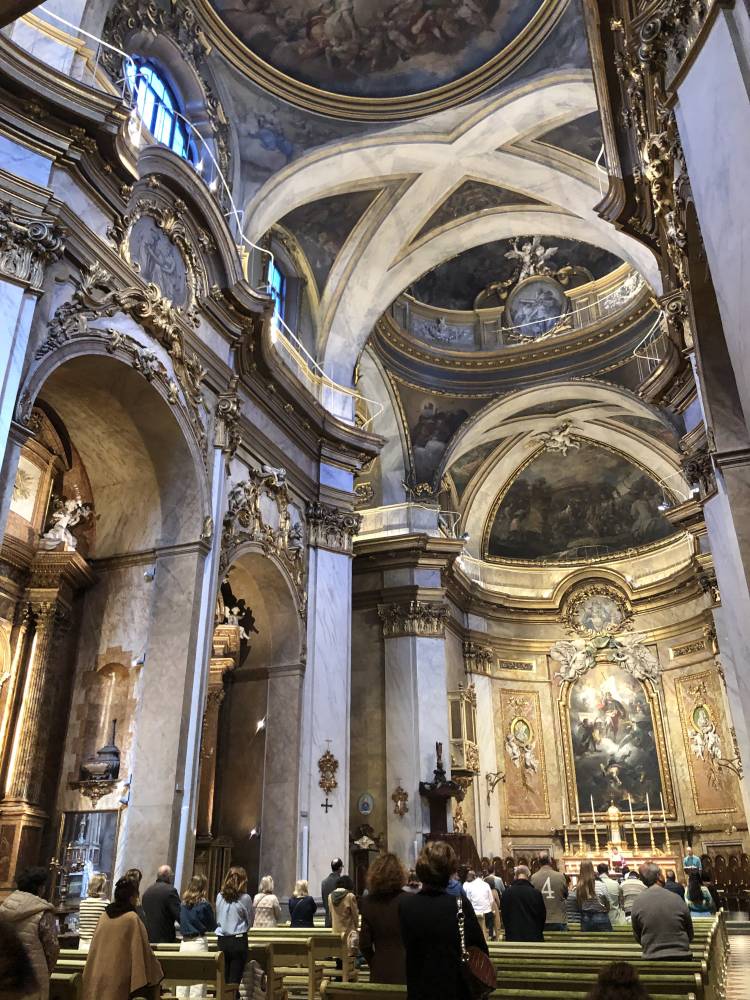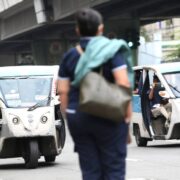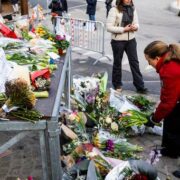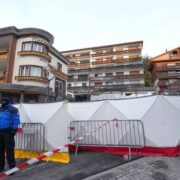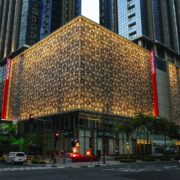Visita Iglesia in Madrid
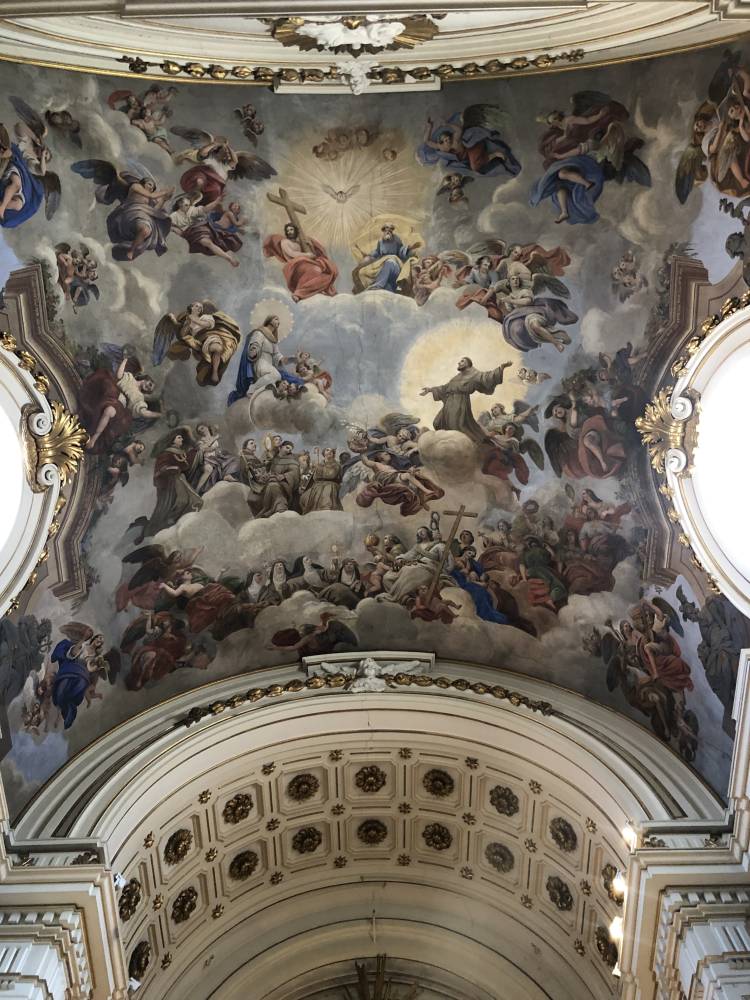
What does it take for a city to be worth visiting? I think the answer lies in the variety of activities one can do in it.
Thus, I find it incredulous that a lot of tourists spend only a day or two in (or skip entirely) Madrid, the capital of Spain, and head on to other cities like Barcelona or Sevilla. While Madrid isn’t a capital city bursting with monuments like London, Rome, or Paris, it being the former seat of power of a once-global empire means it has world-class museums, exciting eats, a lively nightlife, and a never-ending cycle of cultural events.
As Holy Week approaches, many tourists will automatically head to Andalucía for the spectacular processions. However, Madrid isn’t a bad idea at all during the Easter celebrations, because it also has many Catholic religious rituals. Here is a list of beautiful Madrileña churches one can visit for the traditional Visita Iglesia.
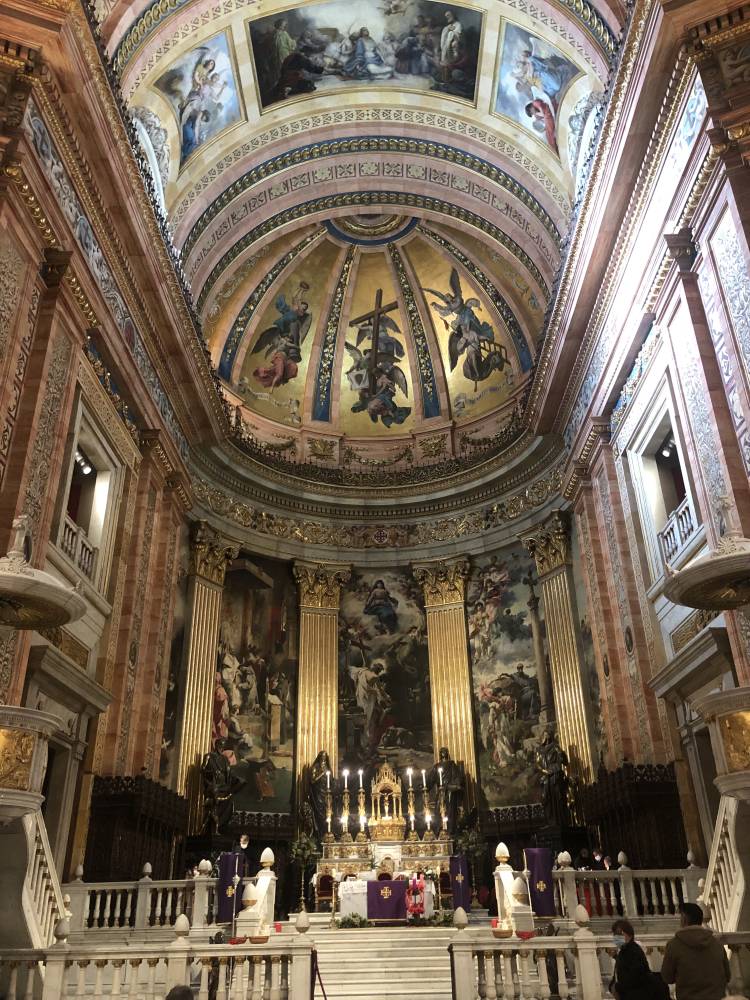
Iglesia de San Antonio de los Alemanes
The first peculiar element of this church is its elliptical floor plan, a relatively rare example in Spain. Dedicated to St. Anthony of Padua, this church used to serve as a refuge for Portuguese pilgrims and immigrants to Madrid, thus it was formally called San Antonio de los Portugueses. However, in 1689, Queen Mariana of Austria assigned the church as a sanctuary for German pilgrims, thus its current name.
Built between 1624-1633, the church had among its principal architects the prolific Jesuit Brother Pedro Sánchez, who also designed Madrid’s former cathedral, the Real Basílica Colegiata de San Isidro. Fully covered in frescoes, the oblong-shaped church takes the congregation to a visual storytelling of the miracles of the Portuguese saint as well as depictions of the kings of Germany, France, and Spain.
Crowning the whole sanctuary is the Apotheosis of St. Anthony. The magnificent fresco transports the faithful to a heightened sense of fascination as they see the Franciscan saint approaching heaven with his arms stretched open. Executed by the artists Juan Carreño de Miranda and Francisco Rizi, the ceiling’s trompe l’oeil gives the impression of transcendence, as if the church’s ceiling is open to allow the saint to ascend gloriously into heaven, and with him, the faithful below.
Dubbed as “Madrid’s Sistine Chapel,” this relatively small church tops my personal list of the most gorgeous spaces in the whole city.
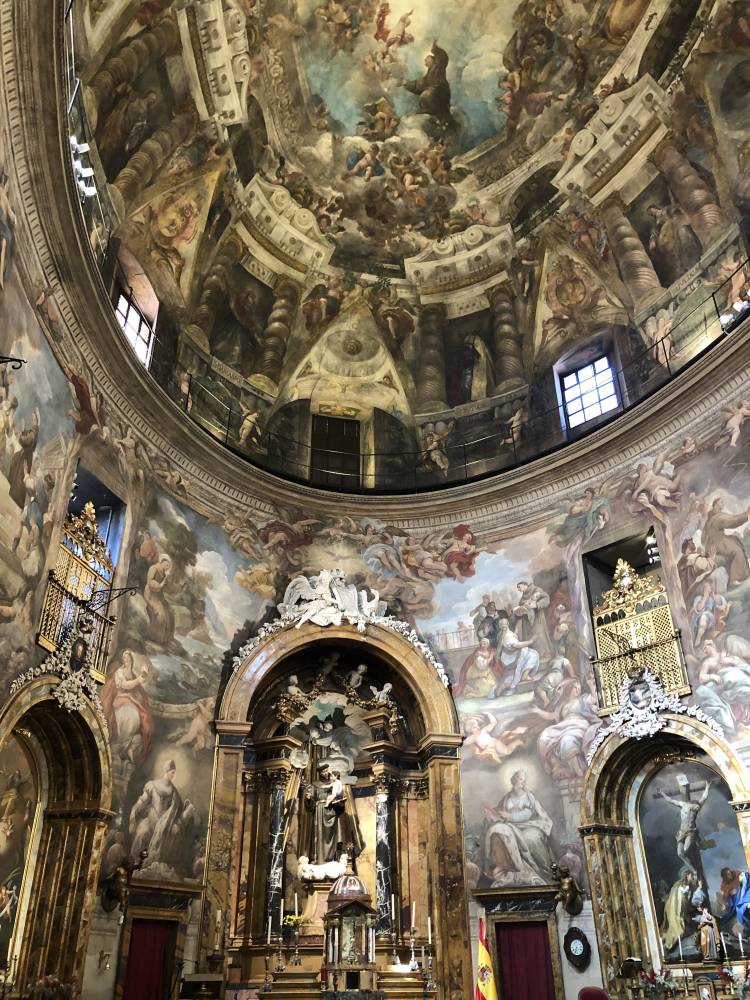
Iglesia del Monasterio de las Descalzas Reales
From San Antonio de los Alemanes, cross Gran Vía and Plaza del Callao to visit one of Madrid’s most historic monasteries, the Descalzas Reales.
For centuries, female members of royal and aristocratic families entered this monastery, and with their generous dowries, endowed the church and monastery with fabulous art.
The church’s exterior design is attributed to Juan Bautista de Toledo, while the interiors were designed by Francesco Paciotto. The ceiling is adorned with a depiction of the heavenly glories of the Franciscan order while the current main retablo is made of bronze and marble, originally located in the Jesuits’ old novitiate. This curious detail of a Jesuit retablo featuring St. Francis Regis in a Poor Clare monastery is the result of changes to the church after it suffered a fire in 1862.
The monastery itself is a must-visit for art and history lovers as it’s decorated with exquisite frescoes, statuary, and tapestries. One thing to look out for in the cloister is an ivory crucifix from the Philippines. Its location in the heart of busy Madrid offers visitors a true respite from all the noise and commercialism of the Sol-Gran Vía area.
Real Iglesia Parroquia de San Ginés
Going south from the Monasterio de las Descalzas Reales and located a few meters away on Calle Arenal is the church of San Ginés. Named in honor of the patron saint of actors, San Ginés’ special apostolate of preserving sacred art and music in the service of the Catholic liturgy lends its Masses and other religious services a true air of nobility and solemnity. Its side chapels feature Renaissance and Baroque works of art, including a copy of El Greco’s “Driving Away Vendors in the Temple.”
Visitors are drawn to gaze at the stunning greenish main retablo with an oil painting depicting the martyrdom of San Ginés. Surrounding the church are 11 side chapels, each boasting magnificent paintings and sculptures accumulated by the church through the centuries. Most of the chapels are dedicated to a patronal image of the various brotherhoods or hermandades that call San Ginés their spiritual home.
After indulging in the artistic beauty of San Ginés, one might consider indulging in the world-famous churros de San Ginés located at the back of the temple.
Parroquia de la Santa Cruz
From San Ginés, cross Calle Mayor, and make your way up to Calle Atocha where you can find the imposing parish church of Santa Cruz. Its 80-meter-high tower was once the tallest structure in Madrid. The current church, however, can be considered young as compared to others in this list because its construction only began in 1889.
Designed by the politician-architect Francisco de Cubas, the neo-gothic and neo-Mudejar church used bricks due to the scarcity of funds. Nevertheless, the sanctuary boasts of incredible cultural assets, foremost of which is a relic of the True Cross, displayed in the main retablo. Secondly, the church keeps in one of its main side chapels the santo entierro of the city, brought out in the main procession of Good Friday by one of the oldest brotherhoods of Madrid, the Archicofradía de San José y Santísimo Cristo de la Vida Eterna (founded in 1412).
However, what makes this church an important sanctuary is the devotion to St. Jude, patron of hopeless cases. Throngs of people continue to form long queues to venerate the image and ask for the saint’s intercession.
Finally, don’t forget to appreciate the spectacular stained-glass windows, which are quite rare in Madrileña churches.
Basílica Pontificia de San Miguel
The next church leads into the heart of “Austrian Madrid,” the old section of the city that was developed by the Austrian-descended Habsburg ruling family. In fact, it isn’t just a church but one of a handful of basilicas located within walking proximity.
The Basílica Pontificia de San Miguel is one of the most sumptuous churches in Madrid, boasting of an exemplary Baroque motif designed by the Italian-born architect Giacomo Bonavia. The peculiarity of this basilica is its convex façade that features two bell towers topped with onion-shaped roofs, reminiscent of those from Central European churches.
The interior of the church repeats this theme of Baroque dynamism, with curved arches alternating between concave and convex ones. Rose, gold, and touches of green accentuate the subtle elegance of this church, which is also the Papal Nuncio’s church in Spain. Coincidentally, the current Papal Nuncio to Spain is a Filipino, Monsignor Bernardino Auza.
Real Basílica Colegiata de San Isidro
A stone’s throw from San Miguel Basilica is the Real Basílica Colegiata de San Isidro, named in honor of the city’s principal patron, San Isidro Labrador.
It is called colegiata because it was the former college church of the Jesuits’ Colegio Imperial located adjacent to it. Eventually, after many tumultuous and historical events, the college church became Madrid’s provisional cathedral until 1993 when the Cathedral of La Almudena was finally consecrated.
To this day, the body of the patron saint of farmers is kept high above the main retablo of the church.
In 1936, the church was burned down during the Spanish Civil War, with works by Francisco Ricci and Luca Giordano forever destroyed. It took almost 20 years to faithfully restore the temple, the work only getting completed in the ’60s. Although most of the art of the church were lost to fire during the Spanish Civil War, some important cultural assets were saved, foremost of which was the sarcophagus and body of San Isidro, Franciso Rizi’s “San Francisco de Borja” (1658), and Herrera Barnuevo’s “La Sagrada Familia” (17th century).
Apart from venerating San Isidro, something that shouldn’t be missed in this church is the chapel and image of Nuestro Señor Jesús El Gran Poder. The image of Gran Poder is highly revered, and it is brought out in procession on Maundy Thursday. The chapel, on the other hand, is an exquisite example of Madrid Baroque, featuring Solomonic columns, filigree, and frescoes.
Real Basílica de San Francisco el Grande
Finally, to end this route of iconic Madrileña churches is the biggest and most imposing of all, the Real Basílica de San Francisco el Grande. Aptly called el grande, the basilica named in honor of the beloved San Francisco de Asis features the fourth largest dome in Europe, coming after the Pantheon and St. Peter’s Basilica both in Rome, and Sta. Maria del Fiore in Florence. The cupola measures 33 meters in diameter and 70 meters in height.
The neoclassical sanctuary was built between 1761 and 1784 on the site of a hermitage said to have been founded by Saint Francis himself on a visit to Madrid. A series of architects was employed to design and complete the huge project, one of them being the Italian court architect Francesco Sabatini.
The neoclassical basilica is a grand circular expanse, featuring six side chapels with works of some of Spain’s most important artists such as Francisco de Zurbarán, José Bayeu, Alonso Cano, and Francisco de Goya. The dome is decorated with murals depicting Mary as Queen of Angels. The main sanctuary is awash with gold paint serving as background to portrayals of different aspects in the life of St. Francis, while marble statues and two Carrara marble-made pulpits frame the sanctuary area.
The impressive basilica made it ideal to initially serve as Spain’s national pantheon for illustrious Spaniards. Eventually, a new pantheon was built near the Dominicans’ Basilica de Nuestra Señora de Atocha.
Obviously, there are more churches worth visiting in Madrid, whether for devotional, architectural, or cultural purposes. During Holy Week, the center of the city will be teeming with pipe organ and choral concerts, processions, and sublime liturgical celebrations. Thus, if you are contemplating rushing through Madrid to get to your Semana Santa destinations in the south of Spain, you may want to reconsider and spend a few more days in this gorgeous, lively capital city.
